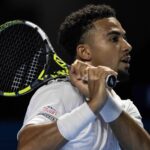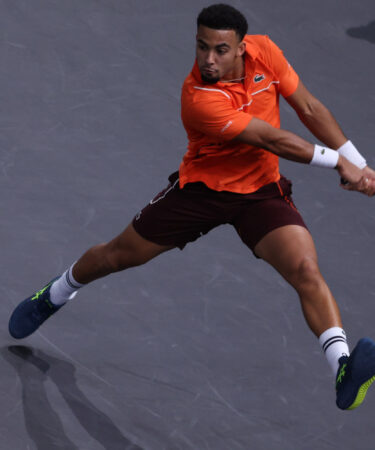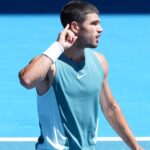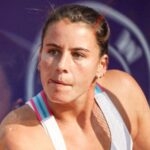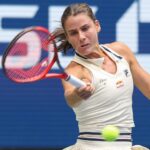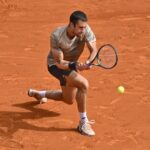“I don’t sugarcoat things”: Q&A with Ivan Cinkuš, coach of Arthur Fils
Tennis Majors speaks to Ivan Cinkuš, coach of Arthur Fils, ahead of the Frenchman’s second-round match at the Australian Open in Melbourne
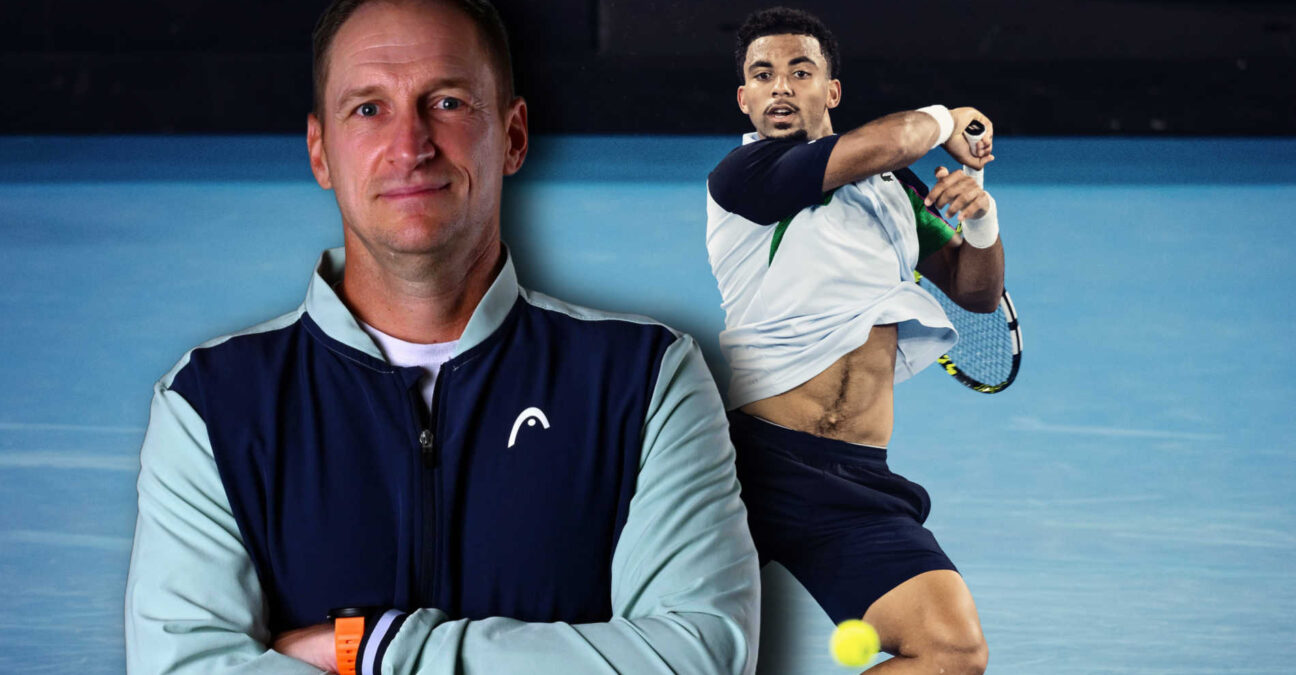
There’s a new face in the box of Arthur Fils—one of the ATP Tour’s most promising young stars—familiar to anyone who follows tennis closely: Ivan Cinkuš.
Cinkuš spent six years coaching Marin Čilić, spent some time coaching in China, and worked with Ajla Tomljanović for a year and a half. A former player himself, ranked 414 in singles and 216 in doubles, Cinkuš retired at the age of 24 due to financial constraints but built a strong reputation as a coach. Now, he’s on a mission to help the 20-year-old Fils fulfill his vast potential.
After parting ways with Miomir Kecmanović, with whom he worked for almost two years, Cinkuš was approached by Fils’ agent. Following a conversation with Arthur, the partnership was agreed upon for 25 weeks in 2025.
“We spent two weeks in Dubai and then went to Jeddah. It was indoors, but it was useful as match preparation,” Cinkuš told Tennis Majors.
Fils had a complicated first-round match against Otto Virtanen, who served for a 2-0 lead before Arthur stormed back. What was your take on the match?
Ivan Cinkuš: I was most pleased with his demeanor—he kept his cool. It was a great match overall. Next, we’ve got Quentin Halys in the second round. In some ways, he’s similar to Virtanen, with a strong serve. His movement may not be the best, but in every match, you need to step inside the court and play aggressively—it’s best-of-five, after all.
Alongside Jakub Menšik, Fils is arguably one of the most talented young players today. Where do you see the most room for improvement?
Ivan Cinkuš: Over the last few weeks, we’ve worked extensively on his serve, focusing on consistency. I believe the serve was a major factor in his turnaround against Virtanen. We wanted him to focus on hitting more angles and emphasising precision rather than just power.
Arthur is very explosive and quick, which is a huge strength, but we’ve also been working on finishing points more efficiently with his forehand. That was one of our off-season priorities, along with volleying—specifically his positioning at the net. I think we’ve made significant progress, and his feel for the ball at the net has improved noticeably.
We also aim to improve his return, particularly getting more balls into play.
How have you been working on his return?
Ivan Cinkuš: We’ve focused on keeping him closer to the baseline and shortening his swing when facing strong servers. Another key area has been maintaining the depth of his returns when he stands a few steps back from the baseline.
The most important thing is recognising when to adjust his positioning. For example, against Virtanen, there were a lot of short returns on the opponent’s second serve in the first set and a half. We decided to have him step closer to the baseline for the second serve. While he made a few initial errors, he ultimately won many points playing that way.
What are the goals for this season?
Ivan Cinkuš: The goals are always high—breaking into the top 10 would be fantastic. But we need to take it step by step. The level of competition on the ATP Tour is incredibly high, so consistency across the season, especially at the Grand Slams, is key.
You have experience coaching Kecmanović and Čilić. How can a coach help a player maintain focus throughout the season?
Ivan Cinkuš: Two things are crucial—confidence and practice. Many players go from one tournament to the next, win a match or two, but lose form because they’re not improving their game. Improvement comes in practice, and it also allows you to stay fresh for upcoming tournaments.
Striking the right balance is challenging—you need to play tournaments to gain points, but you also need rest and quality practice to continue improving.
How has communication with Arthur been so far?
Ivan Cinkuš: He’s an excellent young man. Sometimes he can lose his composure on court, which is why I was particularly satisfied with how calm he remained during the first-round match. Many players would have let things unravel when the match started going downhill, but he stayed composed.
In one interview, Arthur mentioned that he appreciates my directness. I don’t sugarcoat things—I’ll tell him, “This was very good, but that wasn’t at all.” He’s very receptive to feedback, and everything is going according to plan.
Looking to the future, how do you envision Fils’s game when he’s a fully developed player?
Ivan Cinkuš: It’s hard to say for certain, but he has the potential to be a top player. The key will be how quickly Arthur can adopt the changes every player must make. If you look at Alcaraz and Sinner, they make small adjustments every year, whether it’s with their serve motion or something else.
One of the factors that separates great players is how quickly they can implement changes in match play.
Can you describe what a day off at a Slam looks like with Arthur?
Ivan Cinkuš: Today, Arthur slept well, then we came to the club for some fitness work followed by 90 minutes of practice. We focused on a few areas that didn’t go well in the first match, based on his feedback about what he felt needed improvement. After that, it’s all about recovery and a massage—then the day is done.
How would you define your coaching philosophy?
Ivan Cinkuš: My philosophy is that young players need to develop good work habits. You always look to the best for inspiration—Nole, Federer, Nadal. I’ll give you an example: I watched Nadal last year in Rome. He practiced alone for an hour, then hit for another two and a half hours with Cerundolo.
This is a player who’s achieved everything, yet at that stage of his career, he still maximised every minute of practice. That’s the mindset I try to instill: seize every day and every minute of practice to improve. Not a single practice session should be wasted. A player must leave the court feeling satisfied with their effort and progress.
